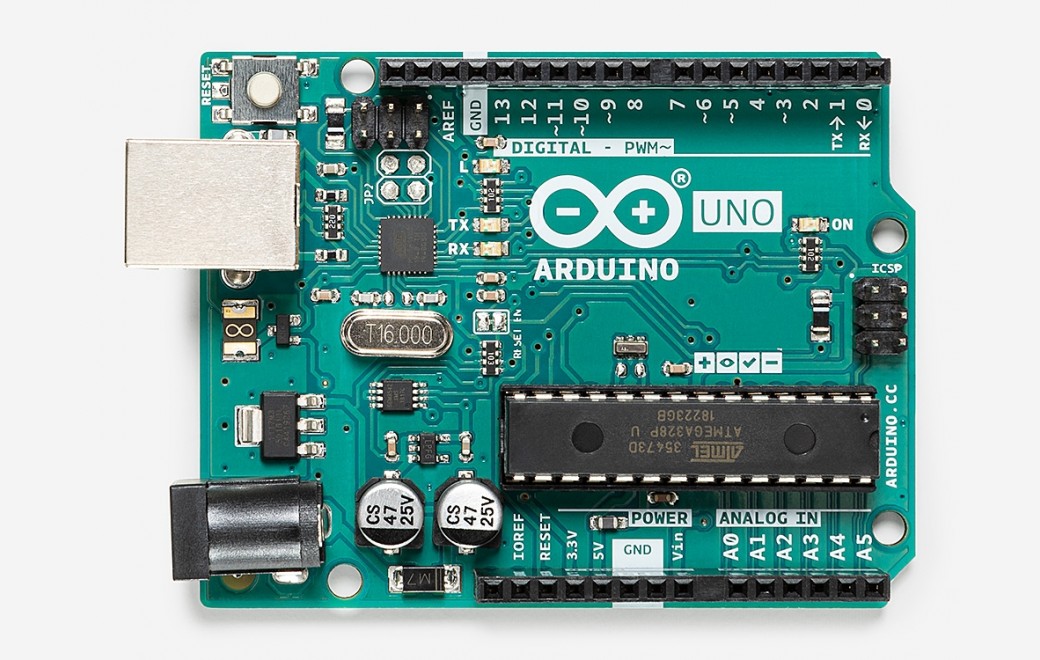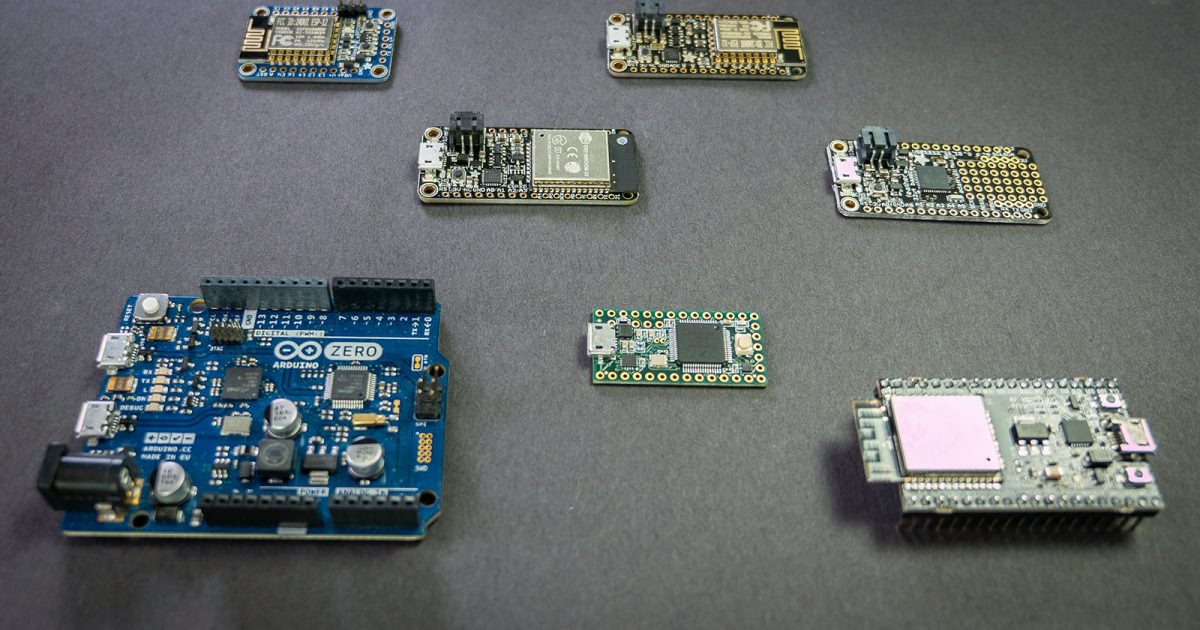

For example, the Arduino Uno EEPROM size is 1024 bytes. EEPROM max size: EEPROM is not an infinite storage! Usually it’s pretty small so you have to make sure you know the EEPROM size for your Arduino board.In this case you’d have to modify the write/read functions to handle 2 bytes for the length, and add 2 to the offset instead of 1. If you have a String containing 300 bytes, then you may need to store the length on 2 bytes (max value: 65535) instead of 1 byte (max value: 255). String max size: here I have (implicitly) supposed that the String length will be less than 256.
#Arduino eeprom code#
Here are a few things for you to consider – about the previous code and EEPROM in general:
#Arduino eeprom how to#
In this tutorial you have seen how to store a String into the EEPROM memory and get it back. Going further with storing Arduino String into EEPROM The returned offset you get is the offset you use as a parameter in your next function call.

So, when you use the writeStringToEEPROM() function, you get a new offset that you can directly use for the next writeStringToEEPROM() call.

The write function is the same, we simply return the current new offset, which is (the offset we got as a parameter + the length of the String + 1 because we also added one byte to store the length). ExplanationsĪs you can see, both read and write functions now return an integer offset.
#Arduino eeprom serial#
Try to run this code, as a result you should see the 3 Strings printed on the Serial Monitor. ReadStringFromEEPROM(newStr2AddrOffset, &newStr3) Int newStr2AddrOffset = readStringFromEEPROM(newStr1AddrOffset, &newStr2) Int newStr1AddrOffset = readStringFromEEPROM(eepromOffset, &newStr1)

WriteStringToEEPROM(str2AddrOffset, str3) Int str2AddrOffset = writeStringToEEPROM(str1AddrOffset, str2) Int str1AddrOffset = writeStringToEEPROM(eepromOffset, str1) Int readStringFromEEPROM(int addrOffset, String *strToRead)ĭata = EEPROM.read(addrOffset + 1 + i) ĭata = '\ 0' // !!! NOTE !!! Remove the space between the slash "/" and "0" (I've added a space because otherwise there is a display bug) Int writeStringToEEPROM(int addrOffset, const String &strToWrite)ĮEPROM.write(addrOffset + 1 + i, strToWrite) Void writeStringToEEPROM(int addrOffset, const String &strToWrite) void writeStringToEEPROM(int addrOffset, const String &strToWrite) Let’s create a function to write a String into EEPROM. Write a String into EEPROM: The code Write the String Then you know how many bytes to read, and from that you can retrieve the String from all the following bytes. When you read a String, first you get the first byte which gives you the length.When you write a String, first you write the length, and then you write each byte in a different address – incrementing the address for each byte.To solve this issue, every time we’ll write a String to EEPROM, we’ll first save the length of the String. But if you upload another program to read a String you previously stored, how can you know how many bytes you have to read from EEPROM? To save a String into the EEPROM, we’ll have to write each byte separately, one by one.Īlso, when you write the String, you know how long it is. It’s different from std::string and any other string data type you may find elsewhere. Also, be sure to understand that the String data type is specific to the Arduino language. A String is an object which may contain many bytes. You can only write bytes into the EEPROM. Writing an Arduino String into the EEPROM memory is not something that you can do out of the box. How we’re going to write a String into EEPROM Going further with storing Arduino String into EEPROM.Improvements to write multiple Strings to EEPROM.How we’re going to write a String into EEPROM.


 0 kommentar(er)
0 kommentar(er)
